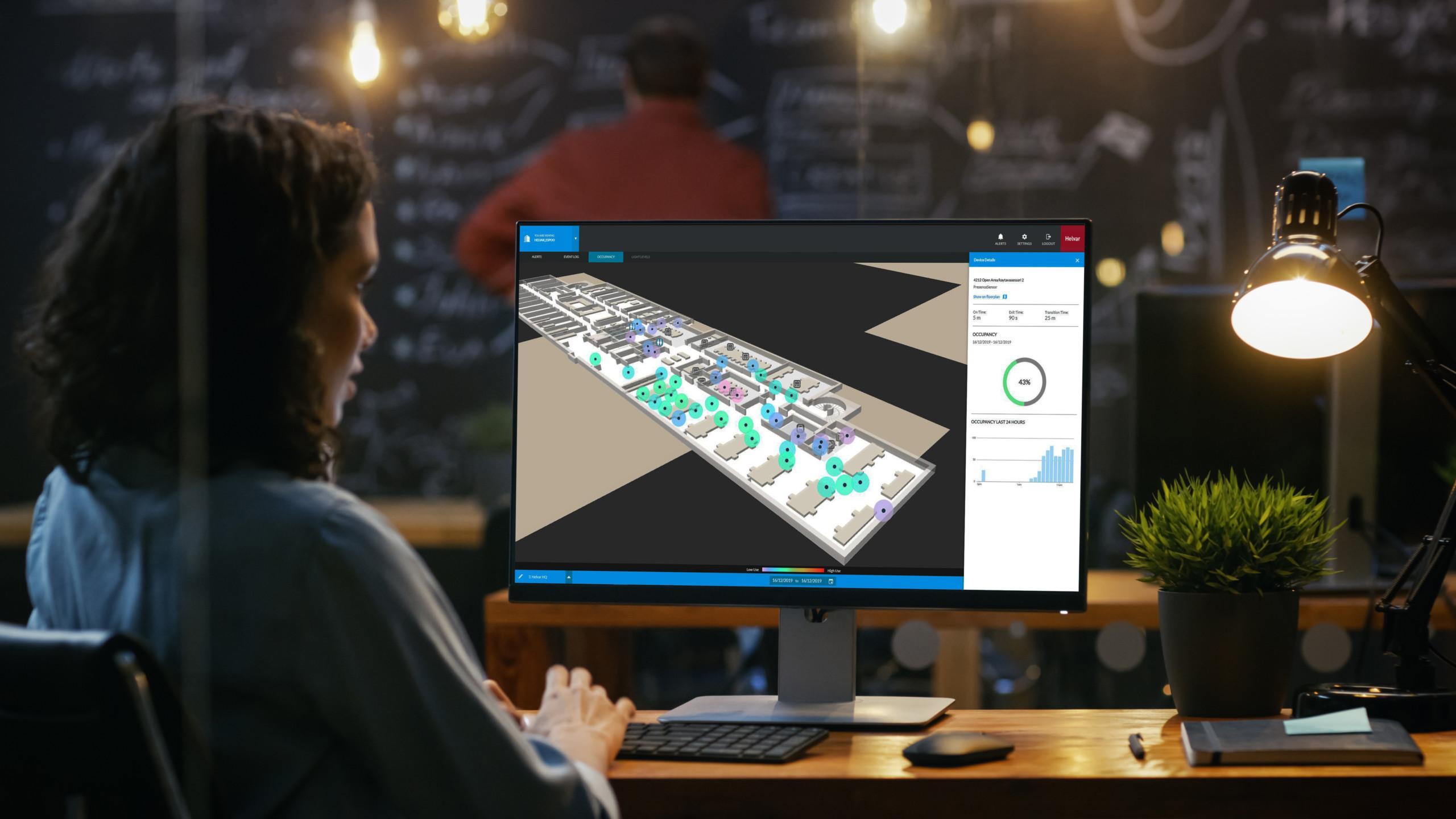WRITTEN BY HENRI JUSLÉN
Henri Juslén, Helvar’s Chief Future Illuminator, focuses together with his team on lighting, research, university co-operation, IPR, standards and AI-solutions. With over 40 years of life experience and over 20 years of lighting experience, Henri is a true veteran of the lighting industry. Henri holds a number of qualifications including a D.Sc in tech and the WELL AP credential.
Today on 21st April 2021, we are celebrating the United Nations World Creativity and Innovation Day. It’s a joyous day that highlights the role of creativity and innovation in solving problems in all aspects of human development and guides us to a brighter future.

In order to improve the world around us, innovation and action are required. And this is quite clear in the case of COVID-19. Vaccinations are already helping in some countries, and this came to light through taking action, consistent research, and innovation. Innovations in the lighting industry also play a vital role in addressing the problems of COVID-19.
Occupancy data can help with using UV-C at the right time and in the right place. Using UV-C light for killing pathogens has become a hot topic. This technology is not new, and applications have not been widely used; thus, some basic research is still needed to make the most of it. With the current innovations ongoing, it is expected that UV-C technologies will play a more prominent role in preventing the next pandemic, for example, solutions that enable the right amount of the right spectrum UV-C to the right place to keep areas safe. Since UV-C (depending on dose and frequency) can be harmful to people, typical solutions either aim UV-C light to the upper parts of a room or take care that the space is empty when UV-C is used, something where occupancy data can play a key role.
The second innovation boost in the lighting industry has been around social distancing. Lighting-related sensors are everywhere in professional buildings such as offices, retail, healthcare, hospitality, etc. By collecting and using sensor data, we can evaluate how and when people are using specific areas. By adding predictiveness to intelligent systems, we can use this data to manage space usage better and make safer environments for the people who use them. For example, beaconing features offered by Bluetooth luminaires can make guidance very personal.
Sensor data has also been welcomed in addressing the climate change problem. By using this data to increase intelligence in buildings, energy savings can be achieved, not only in lighting but also in areas such as HVAC. This data helps building owners and users to tune the amount and characteristics of a space in a way that energy is not wasted. Connected lighting networks can also be part of smart grids, which help electricity providers to balance their network production and usage.
World Creativity and Innovation Day also highlights the importance of creativity and culture. The creative and cultural industries have suffered considerably during the pandemic. Many of the professionals working in these industries are working with light to create great experiences for the public to enjoy. Seeing, feeling, and hearing new things opens us to new ideas, and light plays an essential part in these experiences. So, as we celebrate the United Nations World Creativity and Innovation Day, it’s important that we recognise the role of creativity and innovation in shaping the world around us and the part it plays in solving some of the biggest problems that we face in society.

